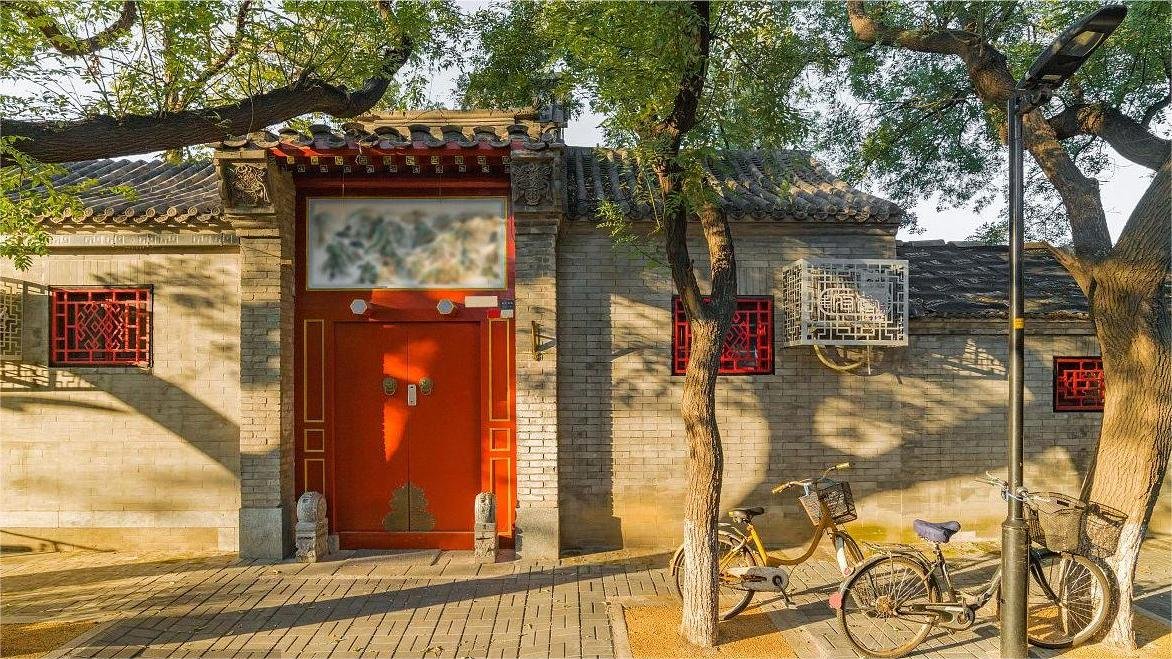Stone sculptures in front of Beijing hutong houses are an integral part of the city’s cultural heritage and architectural charm. These sculptures not only serve as decorative elements but also carry symbolic meanings and historical significance. While the exact designs may vary from one hutong to another, here are some common types of stone sculptures you might come across:
Lion Sculptures: Lion sculptures, known as “stone lions” or “shi zi” in Chinese, are a prominent feature in front of many Beijing hutong houses. These sculptures are typically positioned in pairs, with one male and one female lion. The male lion is often depicted with a paw resting on a ball, symbolizing power and authority, while the female lion is shown restraining a playful cub, symbolizing nurturing and protection.
Heavenly Guardians: Stone sculptures of heavenly guardians, known as “Tian Lu” or “Tian Jing” in Chinese, can be found in front of some hutong houses. These sculptures typically depict fierce-looking mythical creatures, often resembling a mix of lion, dragon, and bird features. They are believed to protect the household from evil spirits and bring good fortune.
Dragon Sculptures: Dragons hold great cultural significance in Chinese mythology and symbolism. Some hutong houses feature stone sculptures of dragons, either as standalone figures or as part of a larger composition. Dragons symbolize power, prosperity, and good luck. The sculptures may portray dragons in various forms, such as coiled around a pillar or chasing a flaming pearl, representing the pursuit of wisdom.
Fu Dogs: Fu Dogs, also known as “foo dogs” or “fu lions,” are another popular type of stone sculpture seen in front of Beijing hutong houses. These guardian figures resemble a mix of lion and dog features and are often depicted in pairs. Fu Dogs are believed to ward off evil spirits and bring protection and good fortune to the household.
Historical Figures or Cultural Symbols: Some stone sculptures in front of hutong houses may depict historical figures or cultural symbols that hold significance for the residents or the local community. These sculptures could represent renowned scholars, mythical heroes, or iconic symbols associated with Chinese history or folklore.
It’s important to note that while these sculptures are commonly found in Beijing hutong areas, the designs and styles can vary based on the specific location, historical period, and personal preferences of the residents. Exploring the hutong neighborhoods of Beijing will provide a rich visual experience, where you can witness the diversity and beauty of these stone sculptures, each telling its own unique story.


